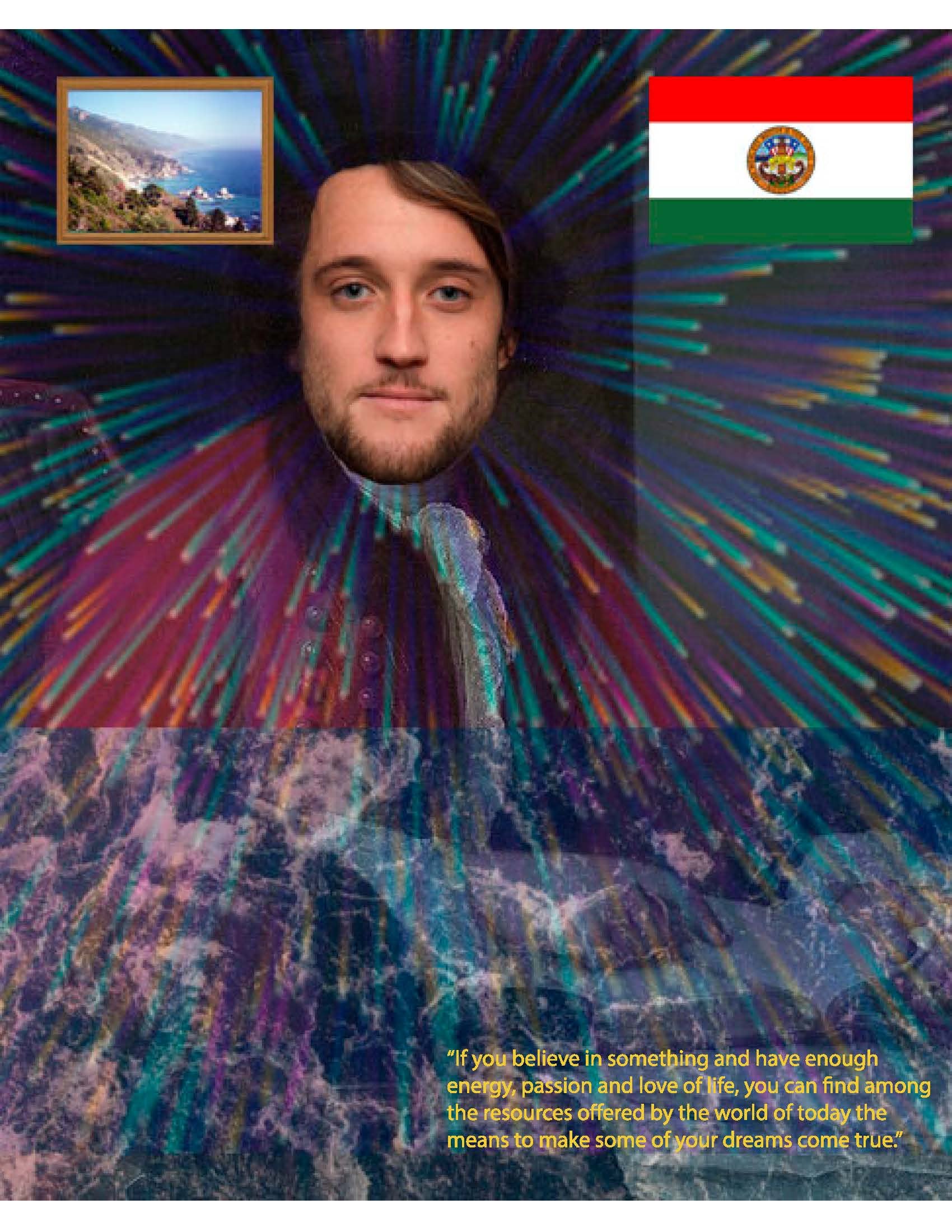DIGNITY PORTRAITS
Throughout history, portraits of nobility, deities, religious figures, government leaders, and the wealthiest members of the dominant culture were represented through sculpture, painting and photography. The purpose was to immortalize the subject by capturing their likeness, socioeconomic status, unique persona and allure. Renaissance, Baroque and Rococo and Gilded Age portraiture promulgated the European ideals of aristocracy for the aspiring wealthy and patronage for ambitious artists. With the amassing of great fortunes came the impetus to document the DIGNIFIED appearance of those who benefited from burgeoning wealth, thus echoing cultural patterns of elitism and power. This assignment is an opportunity for students to center themselves and investigate the beauty of their own heritage – giving permission to discover and externalize histories and narratives of cultural wealth, pride and excellence – a chance to recall true selves and find joy in identity, while reframing familial legacy.
Students research the meaning and significance of DIGNITY as related to SOCIAL IDENTITY, understanding the differences in race, ethnicity and culture, and investigating their own familial histories, seeking stories and histories of cultural and social legacies of dignity. By crafting a narrative of unique, inherited traditions, migrations, losses, over-comings, victories, joys, etc., students select a portrait in which to photoshop themselves to illustrate the narrative of ‘social identity’. A second ‘white gaze portrait’ is crafted to depict themselves from the white perspective (even if white- or raceless-identifying) to illustrate known and assumed perceptions of their social identity - a reflexive exercise assuming the gaze of an historically privileged caste, seeing themselves as they are perceived - rooted in stereotypes, and questioning or doubting one’s legitimacy and ability to ascend towards the dominant group. A third ‘integrated identity portrait’ blends multiple identities to reconcile and combine the other two portraits, illustrating how one presents and assimilates in professional or institutional spaces, while maintaining the authentic self.














